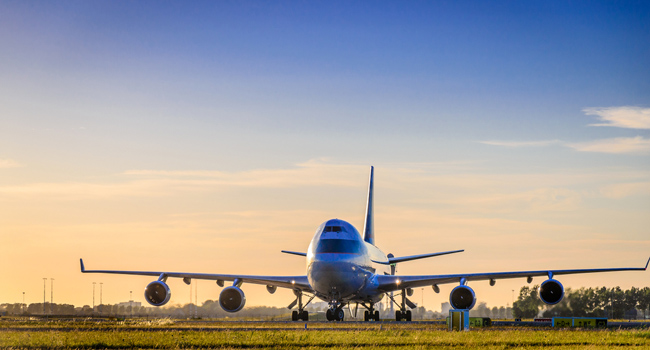
Germanwings Crash Places Spotlight on Cockpit Security
In the aftermath of flight 9525, security officials are looking into cockpit safety practices
- By Matt Holden
- Mar 27, 2015
Following the events of Germanwings Flight 9295, aviation regulators outside the U.S. took steps to require two crew members be in the cockpit at all times during flights, while other airlines revised their existing practices ahead of any formal action.
Now, tougher rules are being discussed, such as requiring a third pilot or a flight attendant be present in the cockpit whenever a pilot leaves.
According to a report, most Airbus A320 jets (like the one involved in the crash) are fitted with a crew-controlled door locking mechanism to prevent unauthorized access to the flight deck. Access from the cabin is also permitted by using a keypad code, but someone at the controls can block entry for five minutes or longer using a switch in the cockpit.
Aviation safety experts say the crash is unlikely to garner calls for the reinforced doors to be dropped, but instead focus attention on airline procedures such as cockpit staffing.
Aviation regulators in the U.S. and Europe in recent years mandated repairs to hundreds of hardened doors on Boeing Co. and Airbus Group NV jets that could jam or fail to operate properly. In January, a co-pilot of a Delta Air Lines Inc. flight was forced to make an emergency landing in Las Vegas without its second pilot, who was locked out of the cockpit after the door mechanism failed to reopen.
About the Author
Matt Holden is an Associate Content Editor for 1105 Media, Inc. He received his MFA and BA in journalism from Ball State University in Muncie, Indiana. He currently writes and edits for Occupational Health & Safety magazine, and Security Today.